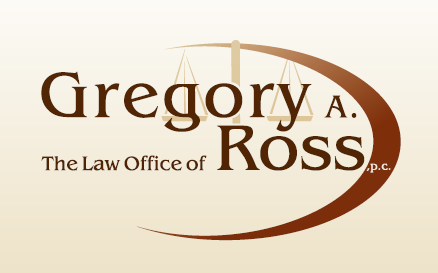Chapter 13 Bankruptcy
A Chapter 13 bankruptcy is called a reorganization form of bankruptcy. The Debtor in a Chapter 13 bankruptcy proposes a “Chapter 13 Plan”where the Debtor pays the Chapter 13 Trustee a specified monthly payment each month to be distributed to the Debtor’s creditors as the Chapter 13 Plan provides or on a pro rata basis. The amount of the monthly payment is determined by subtracting the debtor’s monthly household and if applicable, business expenses and payments he is allowed to make outside the Chapter 13 Plan from the income from all sources the debtor receives. This leaves the Debtor’s disposable income on which the Plan payment is based. The Debtor’s Chapter 13 Plan is usually a period from a minimum of three years to a maximum of five years. The Debtor’s total payments under the Chapter 13 Plan must pay creditors at least as much money over the term in present dollars that the creditor would have received if the Debtor filed a Chapter 7 bankruptcy. If the Court finds that the creditors will receive at least as much money as they would receive in a Chapter 7 case and the Debtor is committing substantially all disposable income to his Chapter 13 Plan to his creditors, then the Court will generally approve the Plan. The Debtor will receive a discharge of any remaining unsecured debt still owing at the end of his Chapter 13 Plan provided all Plan payments have been made.
Eligibility to File Chapter 13
Information Needed to File Bankruptcy
Bankruptcy Court
Documents Filed with the Bankruptcy Court
The Automatic Stay
The Chapter 13 Trustee
Exemptions
Meeting the Creditors
The Confirmation Hearing
Call Us
(940) 692-7800
Call Us
(940) 692-7800
Office Location
Wichita Falls, TX 76308
Office Hours
Sat: Closed
Sun: Closed
